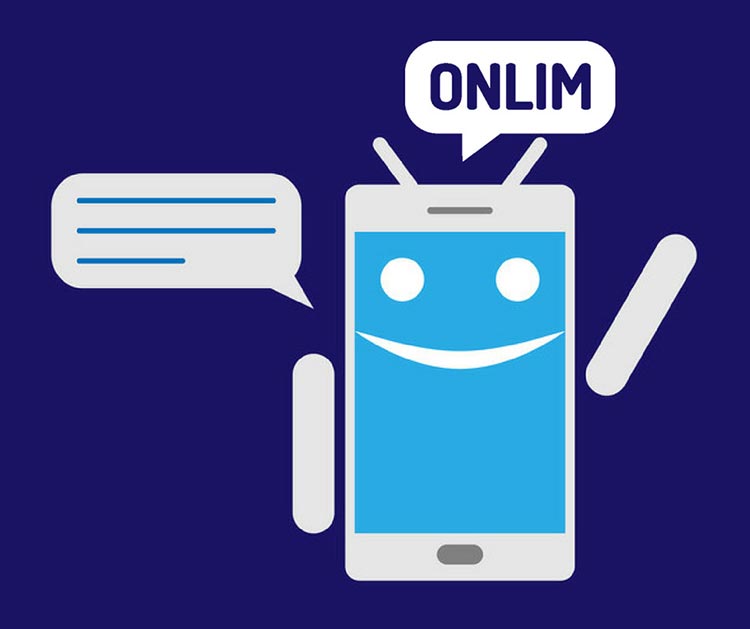3 Brands That Successfully Use Voice Technology
Guest post by Natasha Lane.
As voice assistants continue to proliferate in homes and offices, and people get increasingly comfortable with them, voice technology is opening the doors to a new era of business. Whether it’s for marketing, sales, or customer service, the technology presents an improvement to the customer journey and a new way of interacting with consumers.
Download our free e-book to learn everything you need to know about chatbots for your business.
It’s one of the most exciting trends shaping the future, and it’s no longer reserved only for the big guys. As “voice” becomes more widespread, more and more small businesses might feel ready to adopt the technology, but unsure where to start. While you contemplate which problems you want to address with the technology and how you can develop a successful voice strategy, it certainly helps to learn from successful examples. That’s why we’ve rounded up these three brands that have already established their place in the voice search landscape, so have a look and get inspired.
Purina
The famous pet food brand offers an Alexa Skill called “Ask Purina,” which people can use to find information on dog breeds. The skill was launched both as a useful resource for dog owners and a helpful guide for those trying to decide which breed to get.
You can initiate a guided search and look for details on a specific breed, or you can get help by asking a broader question like “Alexa, ask Purina to help me find a dog breed.” You can also narrow your search and ask Purina questions such as which breeds don’t shed, which ones are good with kids, which would be the best suited for apartments, etc.
Overall, the feature has garnered positive reception because it’s resourceful, it’s able to address its audience’s questions and pain points, all the while being interactive and fun to use.
However, the most important lesson we can take away from here is not as much about how well the skill resonates with the target audience, but rather why it was created in the first place. It’s not an ordering app or a platform for explicitly promoting Purina’s products. With Ask Purina, the brand places itself in their target consumers’ lives – which are not only dog owners, but also people considering getting a dog. With this kind of presence, they establish themselves as an authority and the unquestionable go-to brand for pet food and supplies. That’s one of the finest examples of leveraging the latest technology for stellar top-of-mind marketing.
Starbucks
In 2017, Starbucks added voice capabilities to its mobile ordering app and enabled ordering within the Amazon Alexa platform. The next year, voice ordering through Samsung Bixby was made available for the South Korean market, making the Korean Starbucks the first retailer to use Bixby for orders and payment.
Even before adding voice, the Starbucks app presented a great solution to the major inconveniences of its customer journey – waiting in line, misunderstood orders, fumbling in a hurry as you’re trying to pay, etc. Using voice tech, they simplified and sped up the process, making it possible to place your order as you’re driving or walking towards the coffee shop. Considering that a lot of people take their coffee to-go in their cars, adopting this technology really shows an excellent understanding of the target customers’ needs.
As a small business with significantly fewer resources, it’s worth taking cues from a global giant like Starbucks when you’re eager to implement the latest technologies. Note how Starbucks was careful and strategic with introducing this new technology to their customers. They started out with app-based ordering and implemented the voice option once they made sure the app model works well with their target market.
Chatbots, voice assistants and AI, stay informed with the free Onlim newsletter.
Kayak
Kayak, one of the biggest travel search engines, uses voice technology to further position itself as a key tool for travelers. Their Alexa skill reshapes how users interact with the search engine and helps address the major challenges of planning and managing trips. If you’re one of us who loves traveling but find the whole process of researching travel options and taking care of bookings utterly exasperating, you’ll inherently understand why this is a major improvement to the customer journey.
The company started out with an Alexa skill for searching hotels, flights, and rental cars, but then they expanded the capabilities so you can use only your voice to have Kayak book hotel rooms for you. Because Kayak is only a travel search engine, the booking transactions actually take place through their partners, Booking.com and Priceline.com. You can say they’ve pulled a few strings, all for the ultimate goal of creating a seamless booking experience through voice. And with Echo Show, the visuals are seamlessly integrated to provide an extremely intuitive user experience.
By linking your Kayak account with Alexa, you will also be able to ask Kayak for information about your next trip or flight, to remind you where you’re staying, to set up price alerts, etc. All in all, Kayak recognized very early on that voice technology offers great opportunities for their industry, as it can help provide a more interactive user experience and establish their brand as a personal travel assistant. We’ll surely be seeing Kayak expand their voice tech implementations in an effort to address their target audience’s biggest pain points.
The Takeaway
With this article, we wanted to single out some of our favorite examples that clearly demonstrate some crucial aspects of adopting voice tech for business. You’ll find more great examples of brands using voice tech, but the key lies in understanding what they all have in common.
And that is, first and foremost, that these companies exhibit an understanding of their target consumer base – from the biggest issues in the customer journey to how they prefer to interact with their devices. Ultimately, voice search needs to be used as a tool to address the customers’ needs and desires, even those they might not be aware of yet.
More Knowledge For Chatbots And Voice Assistants

What are Large Language Models (LLMs)?
March 18th, 2024|
What are chatbots and how do they work?
November 23rd, 2023|
The AI Act and its impact on the use of chatbots
October 27th, 2023|



